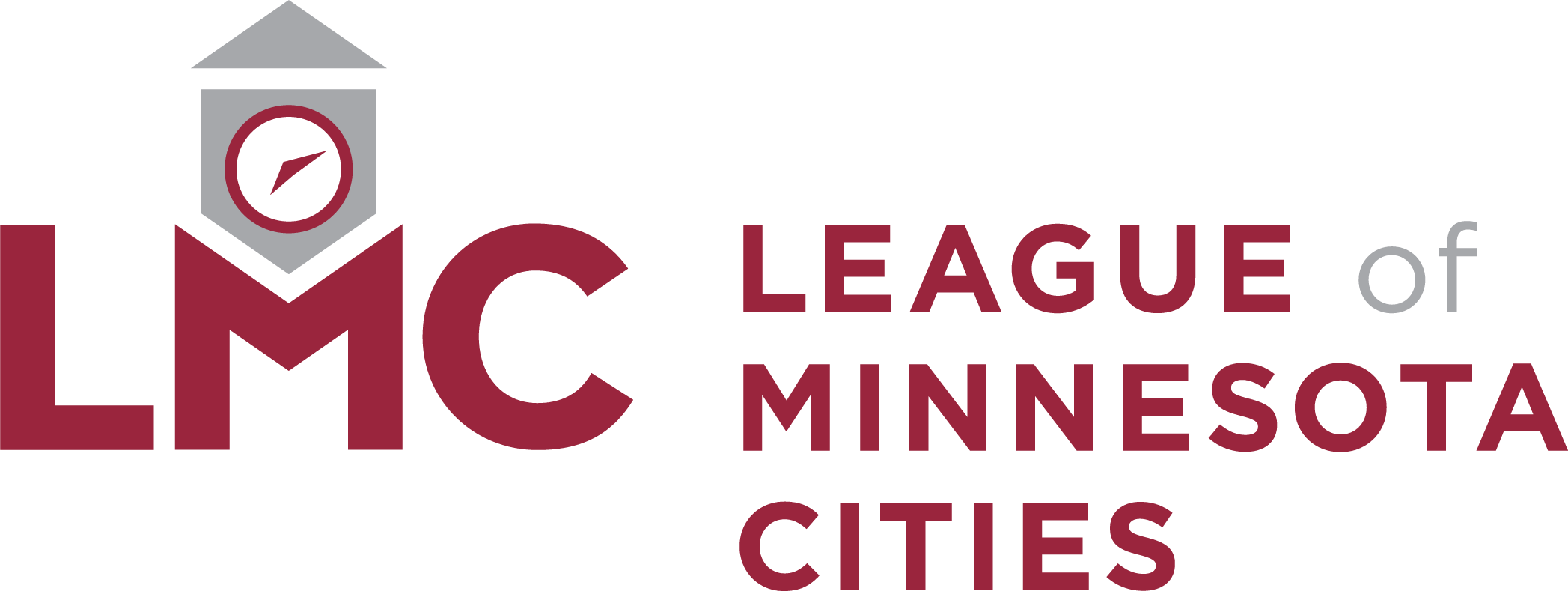There are various routes a city can take to show a commitment to diversity, equity, and inclusion (DEI). Some of these include a statement on their website, a proclamation, a policy, and/or a resolution. No matter a city’s size, they can utilize one or more of these documents. DEI looks different in different communities due to their unique needs. It is important to note that not all cities specifically use the term “DEI” for their statements, proclamations, policies, or resolutions. Your city’s unique needs will determine what messaging works best for your community. Additionally, it’s important to note that the language in these documents can be everchanging as language and the needs of a city changes. Be sure to add these documents to your city’s review cycle. Whether you are just starting your DEI journey, or looking to expand your commitment, this guide provides examples of cities that have taken various paths to show their commitment to DEI.
Statement
A statement shows a city’s commitment to DEI by outlining why it is important to the city. It may include specific goals, how a city plans to commit to the work, or a link to their strategic plan. See examples below.
- The City of Golden Valley’s statement includes a commitment to creating a welcoming environment for all, a recognition of social disparities, 4 pillars their DEI work is guided by, and links to specific projects the city has done.
- The City of Roseville’s Inclusion and Respect statement includes a goal to create a welcoming and inclusive place for all with a focus on racial equity, a pledge to treat everyone fairly, regardless of social identities, and a condemnation of discrimination. It also includes a link to their Equity Report which can inform the public about the city’s work in this area.
- The City of New Hope’s Equity Statement includes their goal to create a welcoming place for all, a pledge to treat everyone equitably regardless of social identities, an acknowledgement of existing equities, and outlines the goals the city hopes to achieve in their work.
Proclamation
A proclamation can be used to announce recognition of a specific day or topic. Typically, a proclamation is passed by the mayor however, the council may come together as a whole to approve it. A city can use a proclamation to announce their commitment to DEI related work. See examples below.
- The City of Hastings City Council and the Hastings Public School Board of Education came together to pass a joint proclamation to announce their commitment to ensure that Hastings is a safe place for all. Within the proclamation, it outlines the city’s commitment to embrace diversity, provide equitable access for all to fully participate in the community, and consider underrepresented groups as city officials.
- The City of Rochester passed a proclamation to announce and celebrate their Welcoming Week. Welcoming Week comes from Welcoming America, a non-profit organization that works with local governments to create inclusive communities. Rochester’s proclamation outlines their commitment to bring their community together to build relationships across differences to create a welcoming environment for all.
Policy
A policy is a document outlining specific guidelines the city is going to work under; these guidelines inform how processes and procedures should be executed. Typically, a policy is an internal document and is longer than a proclamation. Oftentimes, DEI related goals are in a city’s personnel, non-discrimination, or respectful workplace policy. Additionally, DEI policies can sometimes be related to a specific process, like procurement (see St. Louis Park’s example). Because a policy is usually an internal document, some cities will provide a summary or short statement on their website. See examples below.
- The City of Eagan’s non-discrimination policy is posted on their Race Equity, and Inclusion page.
- The City of St. Louis Park’s DEI policy focuses on procurement. It promotes the inclusion of under-represented populations and businesses in development projects.
- Hennepin County outlines a summary of their policies on their website. Although, this is a county example, cities can use it as a starting point for their own policies.
Resolution
A resolution is used to make a formal expression of opinion or intention. Usually, a resolution would be drafted by city staff and the city council would pass it. For DEI, a city could utilize a resolution to recognize a committee dedicated to DEI work, or to express their commitment to DEI.
Who Should be Included in the Work
If you are drafting one of these documents, consider the groups of people that it will impact. It is best practice to ensure those groups have been consulted in the drafting process as well as your city council and other key stakeholders. Consulting these groups will help ensure correct and appropriate formatting and language.
LMC is a resource for you! If you have any questions about creating one of these documents relating to DEI, please contact Arianna Bloom, DEI Coordinator:
Email: [email protected]
Phone: 651-281-1226
